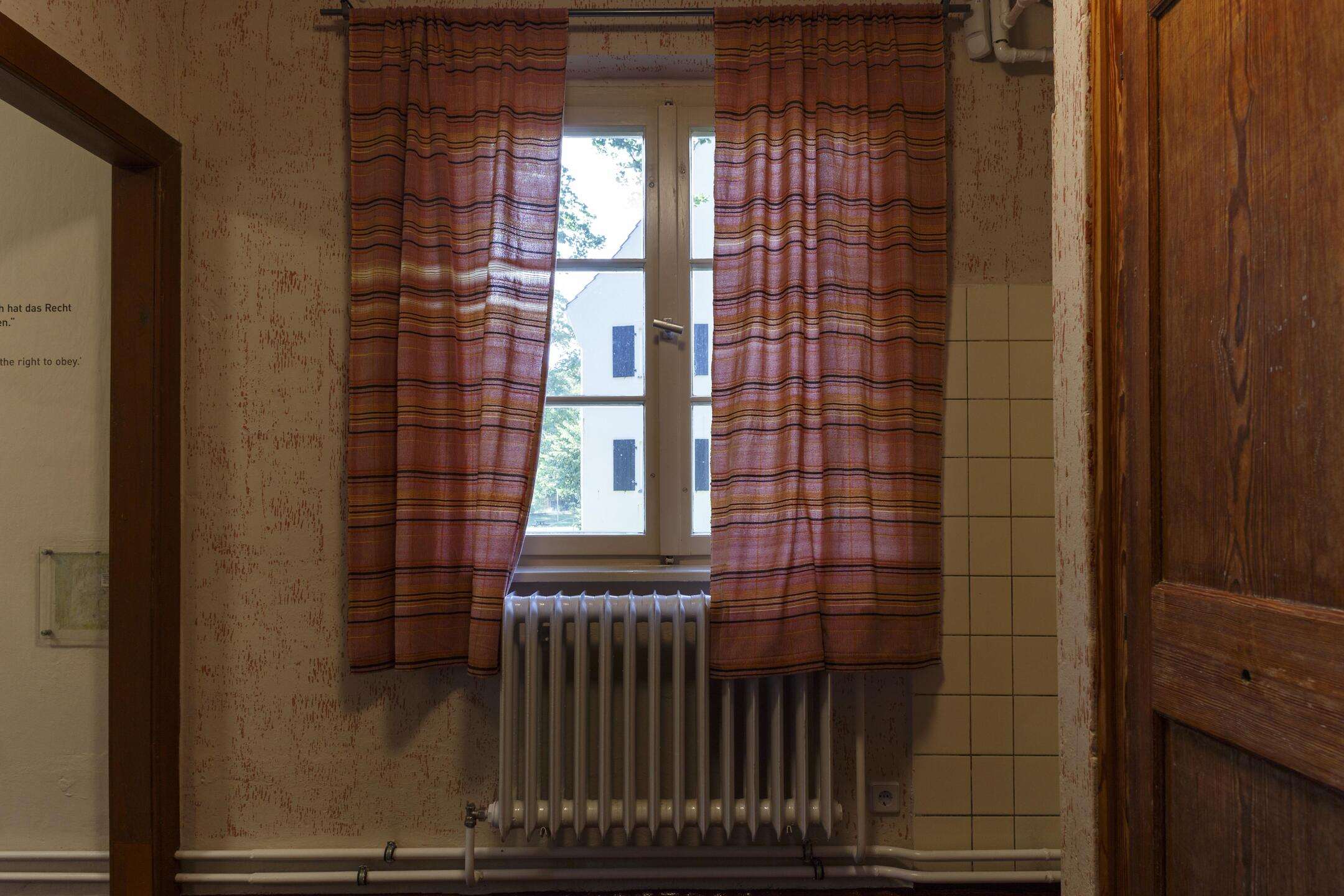

Articles
How Long Should Curtains Be Above A Radiator
Modified: January 18, 2024
Discover the ideal curtain length for radiators and ensure efficient heating. Read our articles for expert guidance and tips to maximize home comfort.
(Many of the links in this article redirect to a specific reviewed product. Your purchase of these products through affiliate links helps to generate commission for Storables.com, at no extra cost. Learn more)
Introduction
When it comes to decorating your home, curtains can play a significant role in adding style and elegance to your space. However, deciding on the proper placement of curtains, especially when there is a radiator beneath the window, requires special consideration. If curtains are hung too close to the radiator, they can absorb the heat and potentially be a fire hazard. On the other hand, hanging curtains too far above the radiator can disrupt the flow of heat and make the room less cozy.
In this article, we will explore the factors to consider when determining the appropriate distance between curtains and a radiator. We will also provide recommendations for the ideal placement of curtains and offer tips to ensure proper curtain placement. Lastly, we will discuss alternative window treatments that can be utilized when curtains are not the best option.
So, if you have a radiator beneath a window and you’re wondering how long your curtains should be above it, read on to find the best solution for your home!
Key Takeaways:
- Proper curtain placement above a radiator is crucial for safety and heat efficiency. Maintain a minimum distance of 6 inches and a maximum distance of 1 foot to strike the right balance.
- Consider alternative window treatments like blinds, shades, and sheer panels if curtains are not suitable. Prioritize safety, functionality, and aesthetics for a visually appealing and efficient solution.
Read more: How Long Should Your Curtains Be
Factors to Consider
When deciding on the placement of curtains above a radiator, there are several important factors to take into account. These factors will help ensure that both the functionality and aesthetics of your space are optimized:
- Safety: The safety of your home should always be a top priority. Curtains hanging too close to a radiator can pose a fire hazard, as they are more susceptible to catching fire or melting due to the heat. It is crucial to maintain a safe distance between the curtains and the radiator to prevent any potential accidents.
- Air Circulation: Radiators require adequate air circulation to effectively heat the room. If curtains are hung too close to the radiator, they can impede the flow of warm air, reducing the overall efficiency of the heating system. It is essential to ensure that the curtains are positioned in a way that allows for proper air circulation to maintain a comfortable temperature within the room.
- Aesthetics: While safety and functionality are paramount, the visual appeal of your space should not be overlooked. The placement of curtains can greatly impact the overall aesthetic of a room. It is important to find a balance between functionality and style to create a harmonious and visually pleasing environment.
- Insulation: Curtains can provide an additional layer of insulation, helping to keep the cold air out and the warm air in during the colder months. The placement of curtains in relation to the radiator can impact their insulating properties. By positioning the curtains in a way that allows for a small gap between the radiator and the fabric, you can maximize their effectiveness in keeping the room warm.
Considering these factors will not only ensure the safety and functionality of your curtains but also contribute to the overall comfort and ambiance of your space. Now, let’s move on to the recommended distance between curtains and radiators!
Recommended Distance
When determining the ideal distance between curtains and a radiator, it is essential to strike a balance between safety, functionality, and aesthetics. The recommended distance may vary depending on the specific circumstances of your home, but here are some general guidelines to consider:
- Minimum Distance: It is crucial to maintain a minimum distance of at least 6 inches (15 cm) between the curtains and the top of the radiator. This distance ensures that the curtains are not in direct contact with the heat source, reducing the risk of fire hazards and heat damage to the fabric.
- Maximum Distance: On the other hand, it is also important to avoid hanging the curtains too far above the radiator, as this can disrupt the flow of warm air into the room. Ideally, the top of the curtains should be positioned no more than 1 foot (30 cm) above the radiator. This allows for proper air circulation and ensures that the room receives the full benefit of the radiator’s heat.
- Aesthetic Considerations: While adhering to the minimum and maximum distance guidelines is crucial for safety and functionality, you may also want to consider the overall aesthetic of the room. The curtains should be positioned in a way that complements the window and the surrounding decor. Take into account the length of the curtains and how they interact with the radiator visually.
Keep in mind that these are general recommendations, and it is always recommended to assess your specific situation and consult with a professional if needed. Now, let’s explore some tips to ensure proper curtain placement above a radiator!
Curtains should be at least 4 inches above a radiator to allow heat to circulate. This will prevent the curtains from blocking the heat and potentially causing a fire hazard.
Tips for Proper Curtain Placement
Proper curtain placement above a radiator not only ensures safety but also adds to the overall visual appeal of the room. Here are some useful tips to help you achieve optimal curtain placement:
- Measure the Space: Before hanging your curtains, measure the distance between the top of the radiator and the curtain rod. This will give you a clear idea of how much space you have to work with when choosing the length of your curtains.
- Consider Curtain Length: Opt for curtains that are slightly longer than the measured space between the radiator and the curtain rod. This allows for a small gap between the curtains and the top of the radiator, ensuring proper air circulation while maintaining a visually appealing look.
- Use Shallow Curtain Rods: Consider using shallow curtain rods that sit closer to the wall. This will help minimize the distance between the curtains and the radiator, allowing for better heat circulation.
- Utilize Tiebacks: If you prefer to have your curtains gathered to the sides, consider using tiebacks. Tiebacks allow you to secure the curtains away from the radiator, ensuring they do not obstruct the heat flow. This not only maintains functionality but also adds a touch of elegance to your window treatment.
- Choose Lightweight Fabrics: When selecting curtain fabrics, opt for lightweight materials that are less likely to absorb heat. Thinner fabrics allow for better air circulation and reduce the risk of fire hazards. Sheer curtains or light cotton blends are excellent options for maintaining both safety and aesthetics.
- Consider Thermal Lining: To enhance insulation and keep the room warm, consider adding a thermal lining to your curtains. Thermal lining can help reduce heat loss, making your curtains more efficient in reducing drafts and insulating the room.
By following these tips, you can ensure that your curtains are properly placed above a radiator, creating a safe and stylish window treatment that enhances the overall ambiance of your space.
Alternative Window Treatments
If curtains are not the ideal option for your space or if you simply want to explore alternative window treatments, there are several options available that can provide both style and functionality. Consider these alternatives:
- Blinds: Blinds are a popular choice for window treatments, as they offer privacy and light control. Opt for blinds that can be easily adjusted, allowing you to control the amount of heat and light entering the room. Venetian blinds, roller blinds, or vertical blinds are all versatile options that can be customized to suit your specific needs.
- Shades: Shades are another excellent alternative to curtains. They come in various designs, including roman shades, roller shades, and cellular shades. Shades provide a clean and minimalist look while allowing you to control the amount of light entering the room. They can also be combined with curtains or drapes for a layered and visually interesting window treatment.
- Window Film: Window film is a modern and practical solution that offers privacy, UV protection, and insulation. It comes in a variety of designs and patterns, allowing you to customize the look of your windows. Window film is easy to install and can be a cost-effective option when compared to other window treatments.
- Valances or Cornices: Valances or cornices can be used to add a decorative touch to your windows without obstructing the radiator. These window treatments are placed above the window frame and can be made from fabric or wood. Valances or cornices can be paired with blinds or shades for a layered look.
- Sheer Panels: If you still want the softness and elegance of curtains but are concerned about their proximity to the radiator, consider using sheer panels. Sheer curtains are lightweight and allow for better air circulation. They provide a subtle and delicate window treatment while still maintaining the functionality and safety of your space.
These alternative window treatments offer a range of options to suit different styles and needs. Remember to consider the specific requirements of your space and choose a window treatment that not only enhances the aesthetics but also provides the desired functionality.
Read more: How Long Should Cafe Curtains Be
Conclusion
Proper curtain placement above a radiator is essential for both safety and functionality. By considering factors such as safety, air circulation, aesthetics, and insulation, you can determine the recommended distance between curtains and the radiator. Maintaining a minimum distance of 6 inches (15 cm) and a maximum distance of 1 foot (30 cm) ensures a balance between safety and heat efficiency.
When it comes to curtain placement, measuring the space, choosing the right curtain length, using shallow rods, utilizing tiebacks, selecting lightweight fabrics, and considering thermal lining are important considerations. These tips help to create a visually appealing and functional window treatment that complements your space while allowing for proper air circulation.
If curtains are not suitable for your space, there are alternative window treatments to consider. Blinds, shades, window film, valances or cornices, and sheer panels offer versatile options that can provide privacy, light control, and insulation without obstructing the radiator.
Ultimately, the goal is to strike a balance between safety, functionality, and aesthetics. By following the recommended guidelines and considering the specific requirements of your space, you can create a visually appealing and efficient window treatment that enhances the overall ambiance of your room.
Whether you choose curtains or alternative window treatments, keep in mind that the placement should always prioritize safety and proper heat circulation. By carefully considering these factors, you can achieve both a visually pleasing and functional window treatment solution for your home.
Frequently Asked Questions about How Long Should Curtains Be Above A Radiator
Was this page helpful?
At Storables.com, we guarantee accurate and reliable information. Our content, validated by Expert Board Contributors, is crafted following stringent Editorial Policies. We're committed to providing you with well-researched, expert-backed insights for all your informational needs.
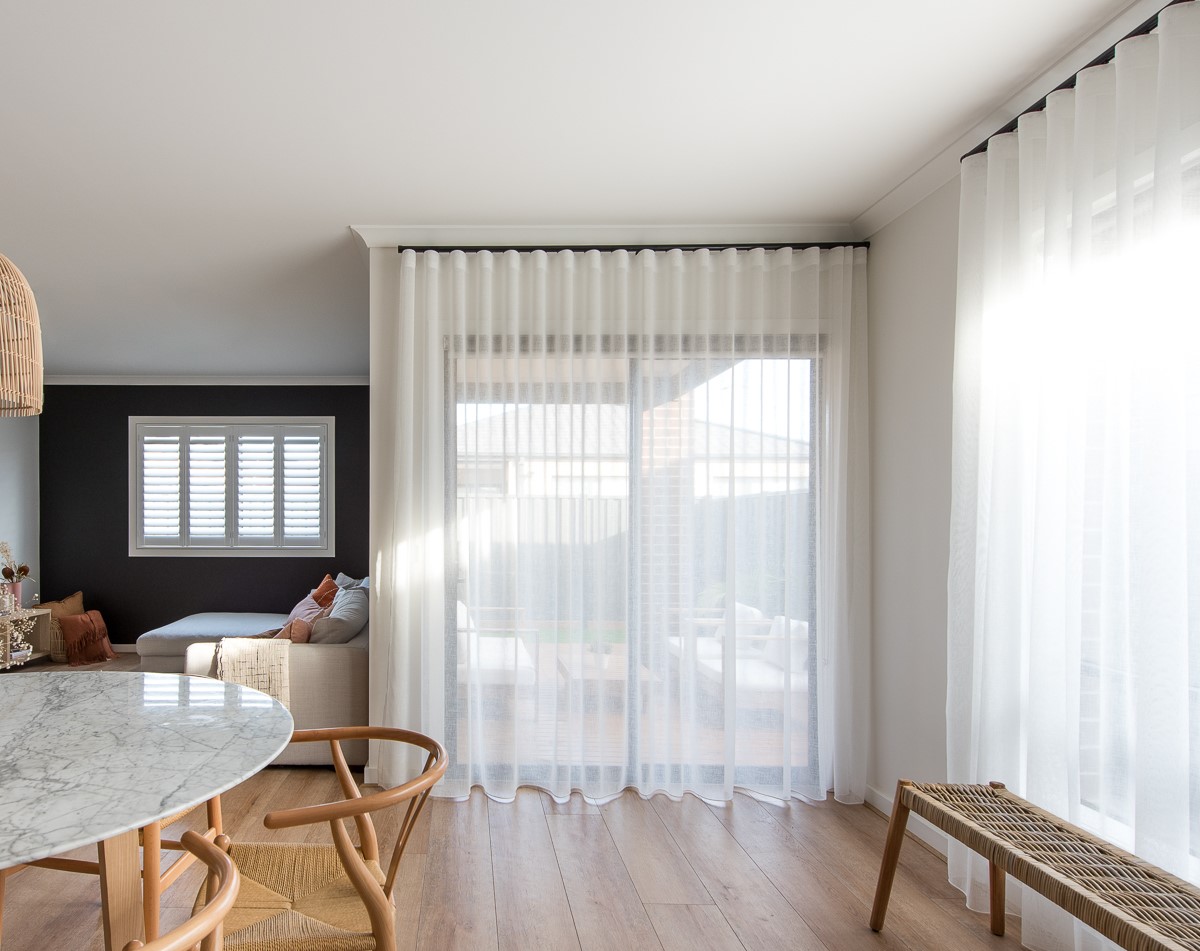
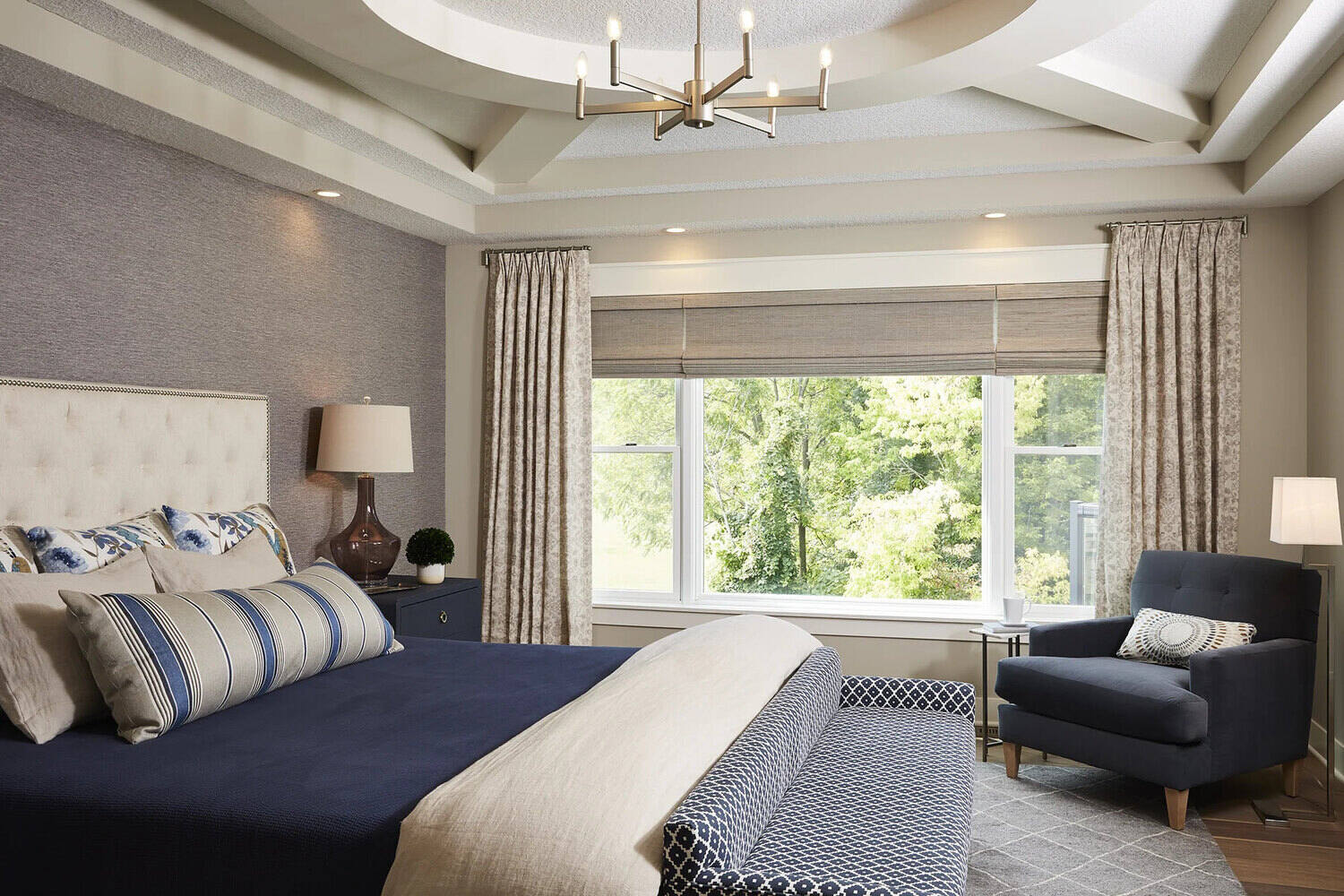
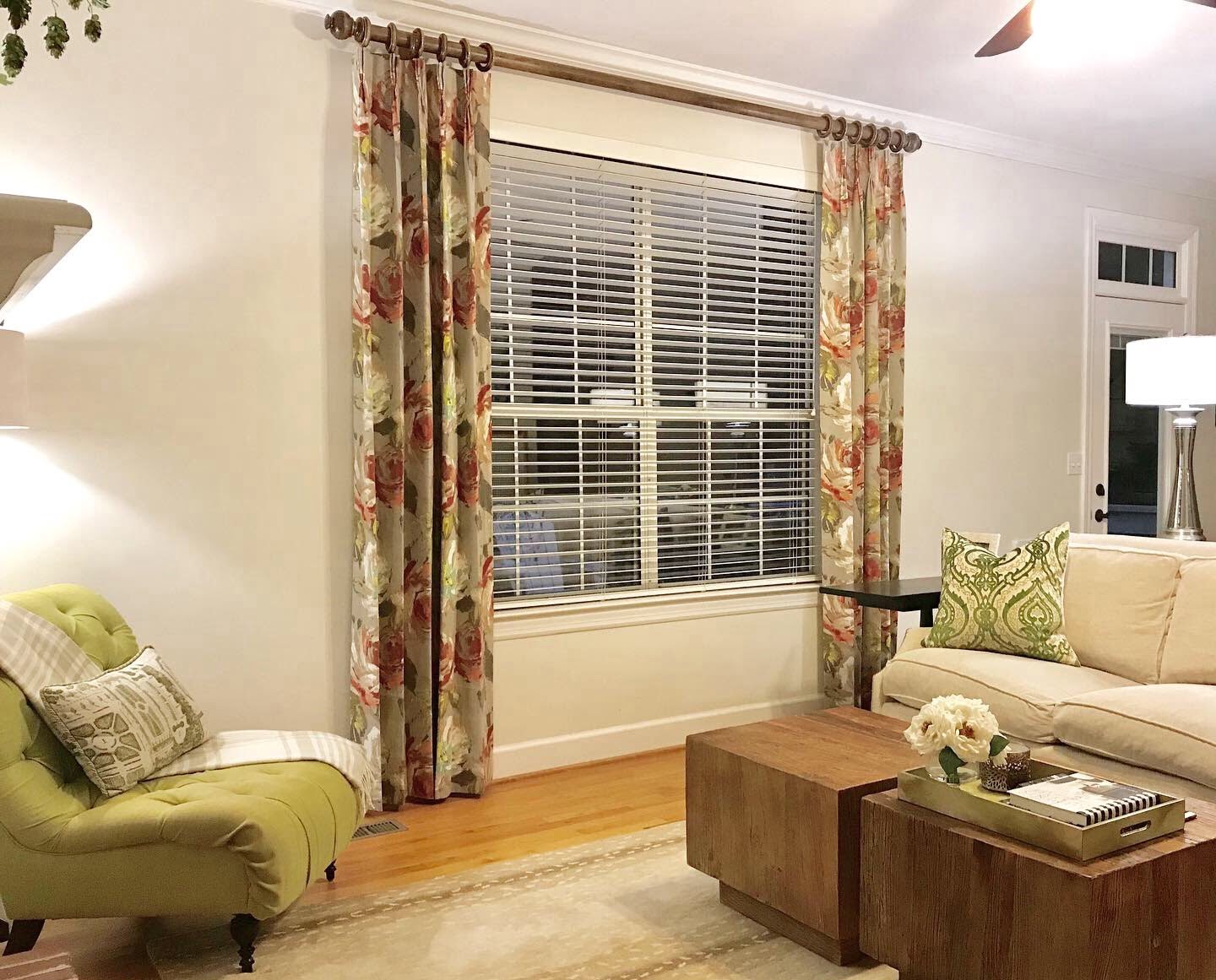
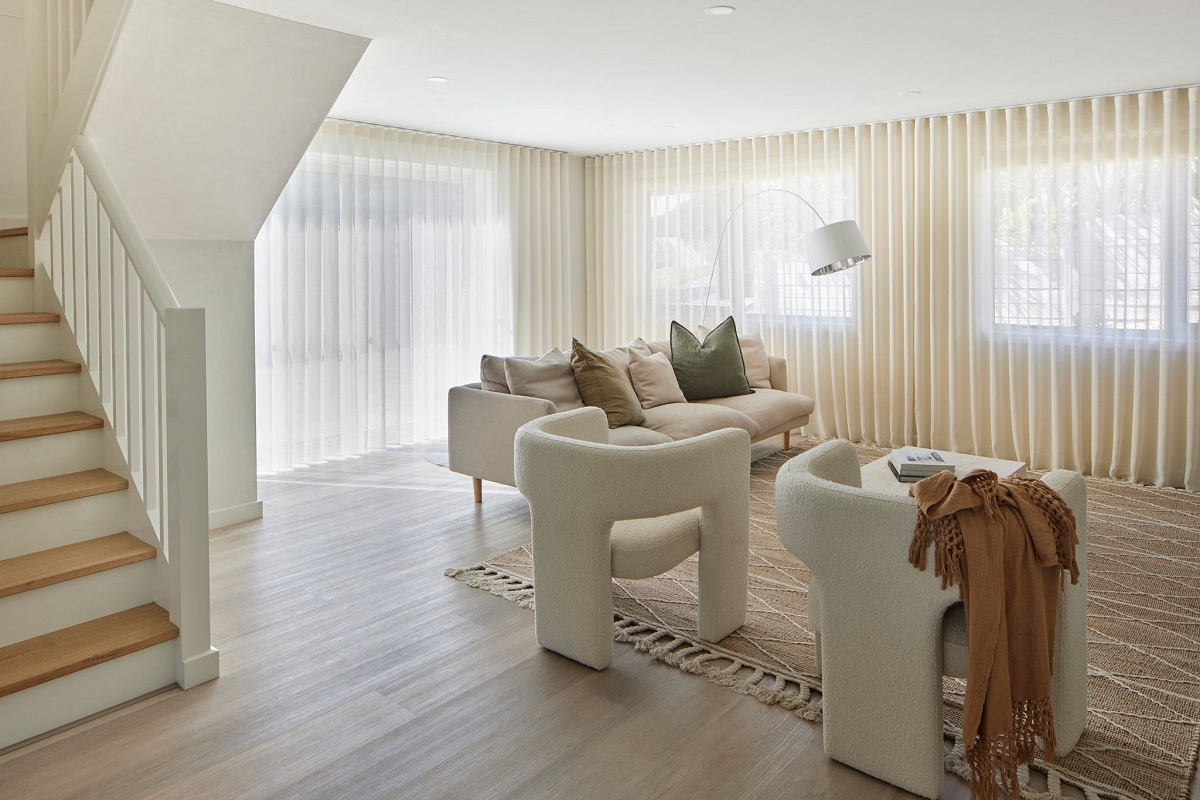
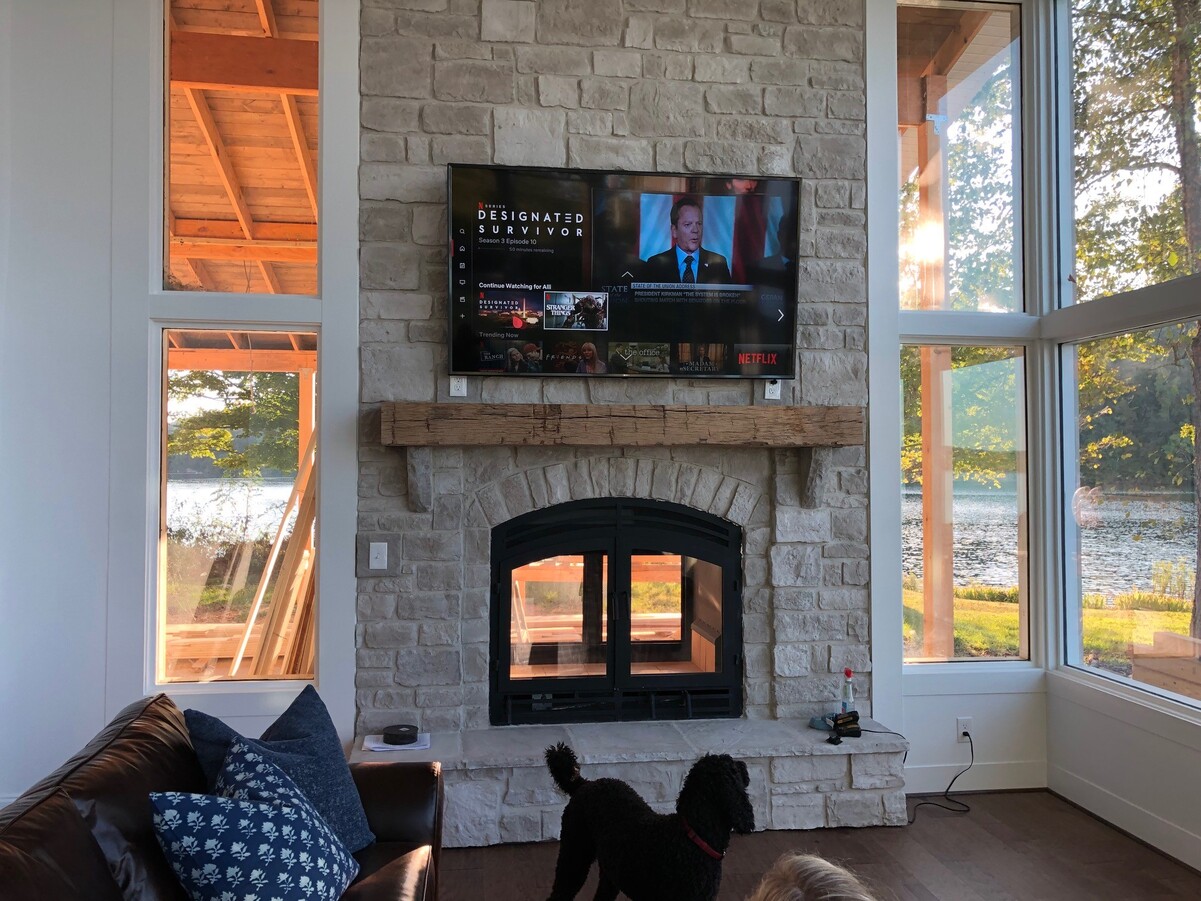
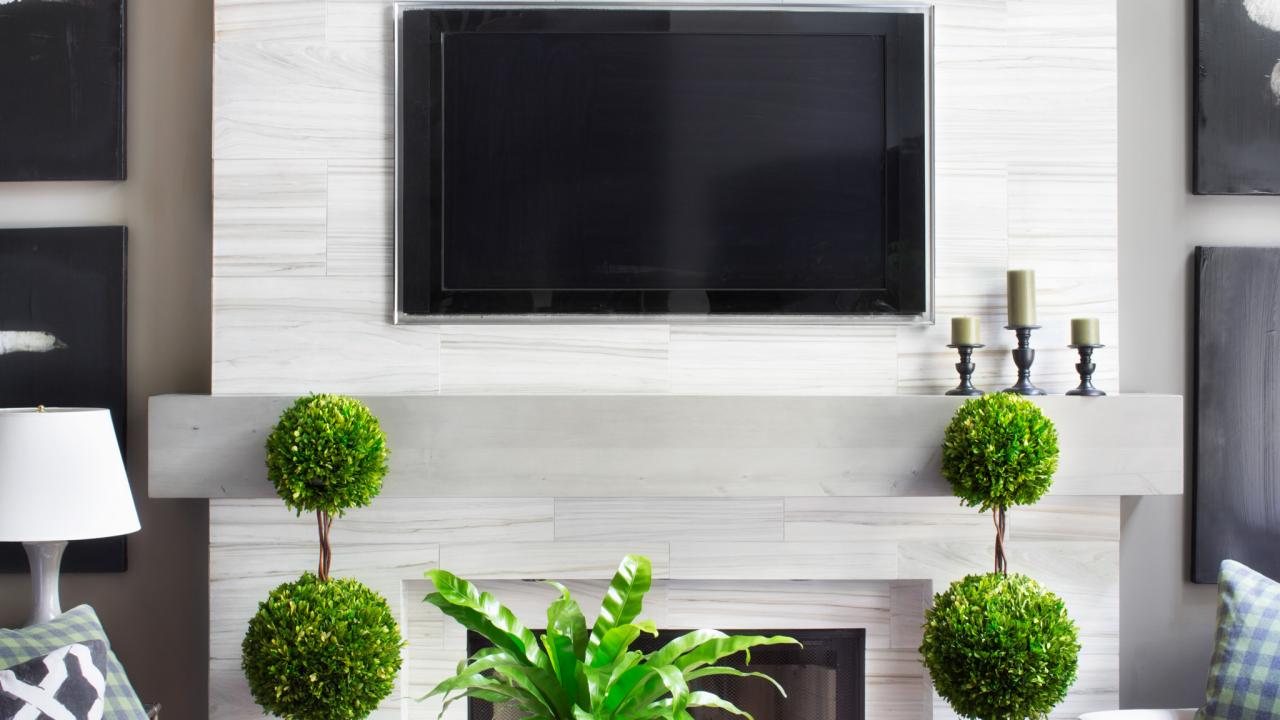
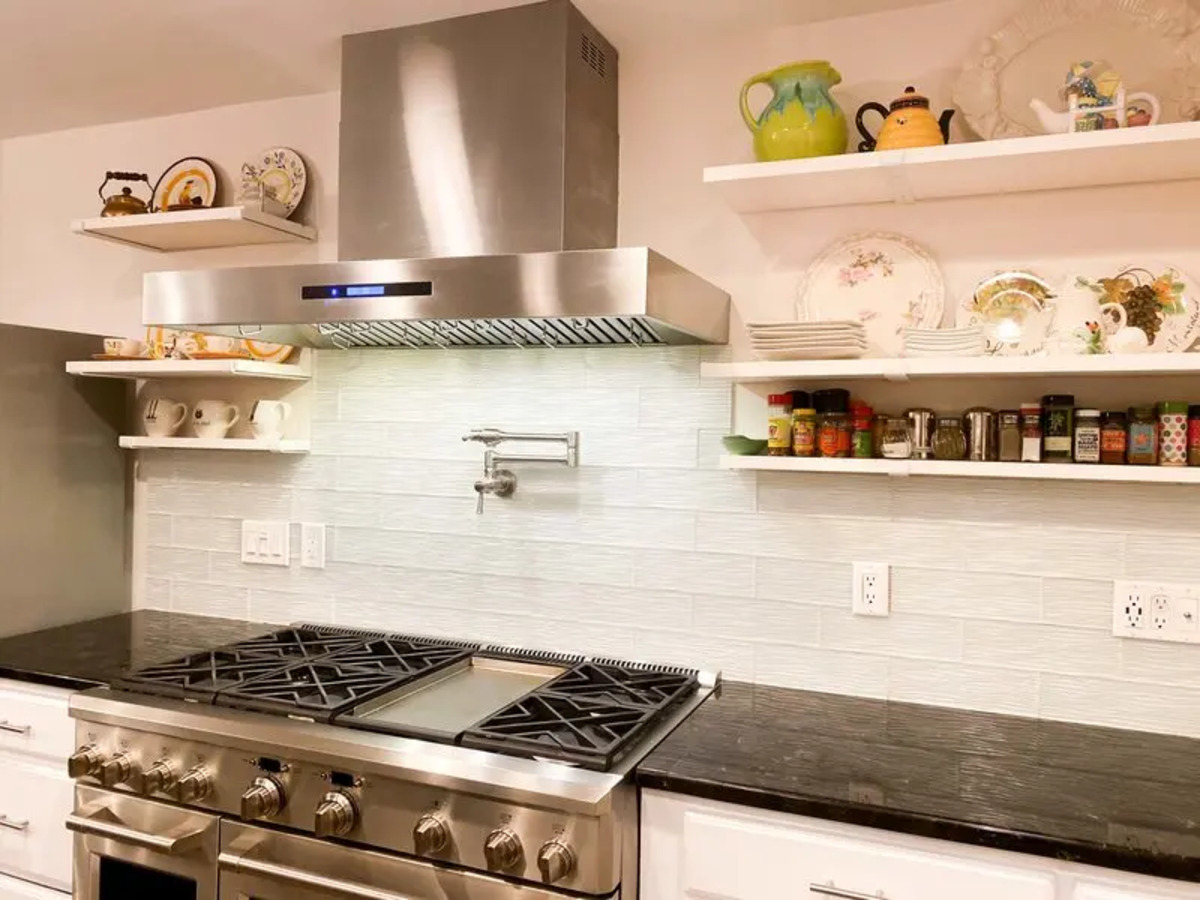
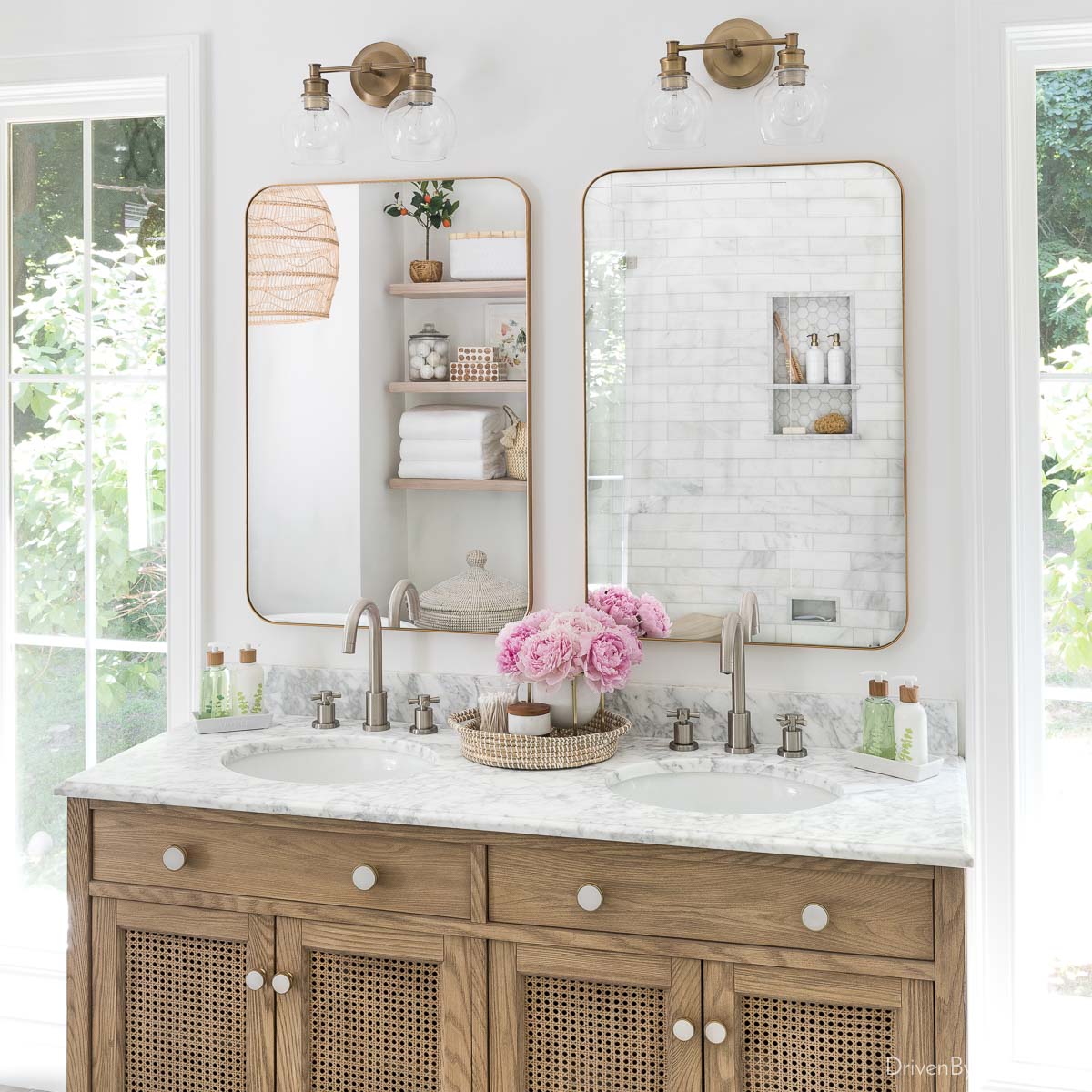
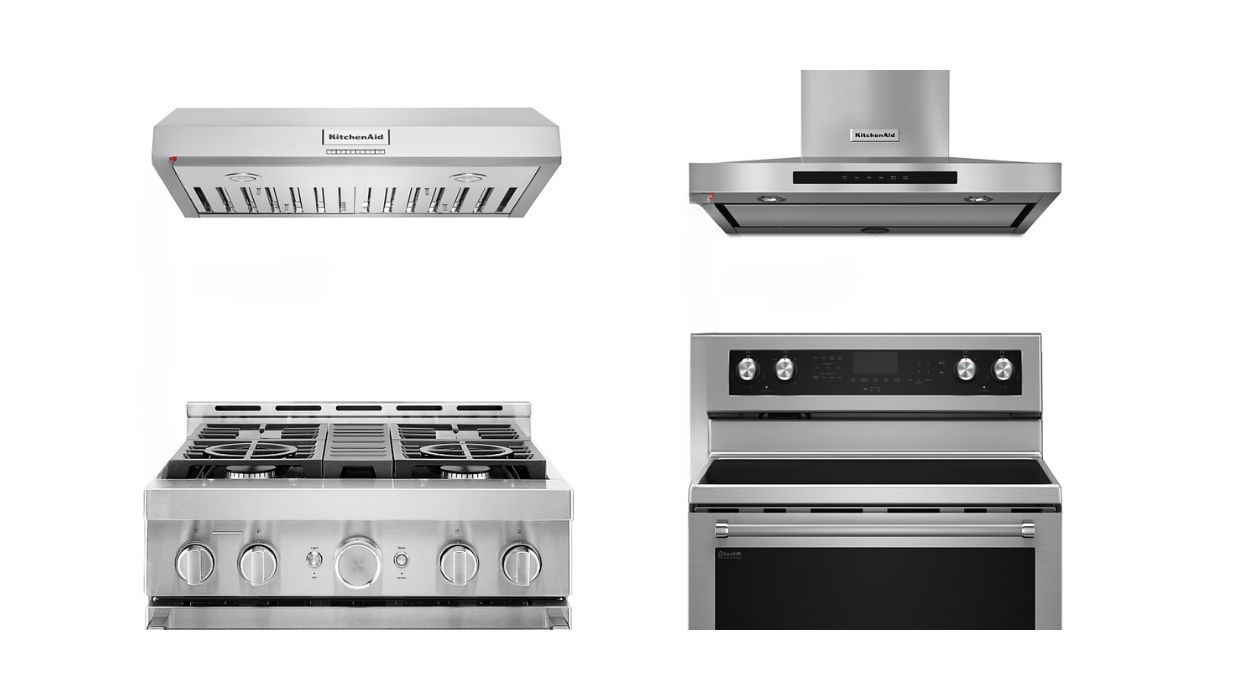



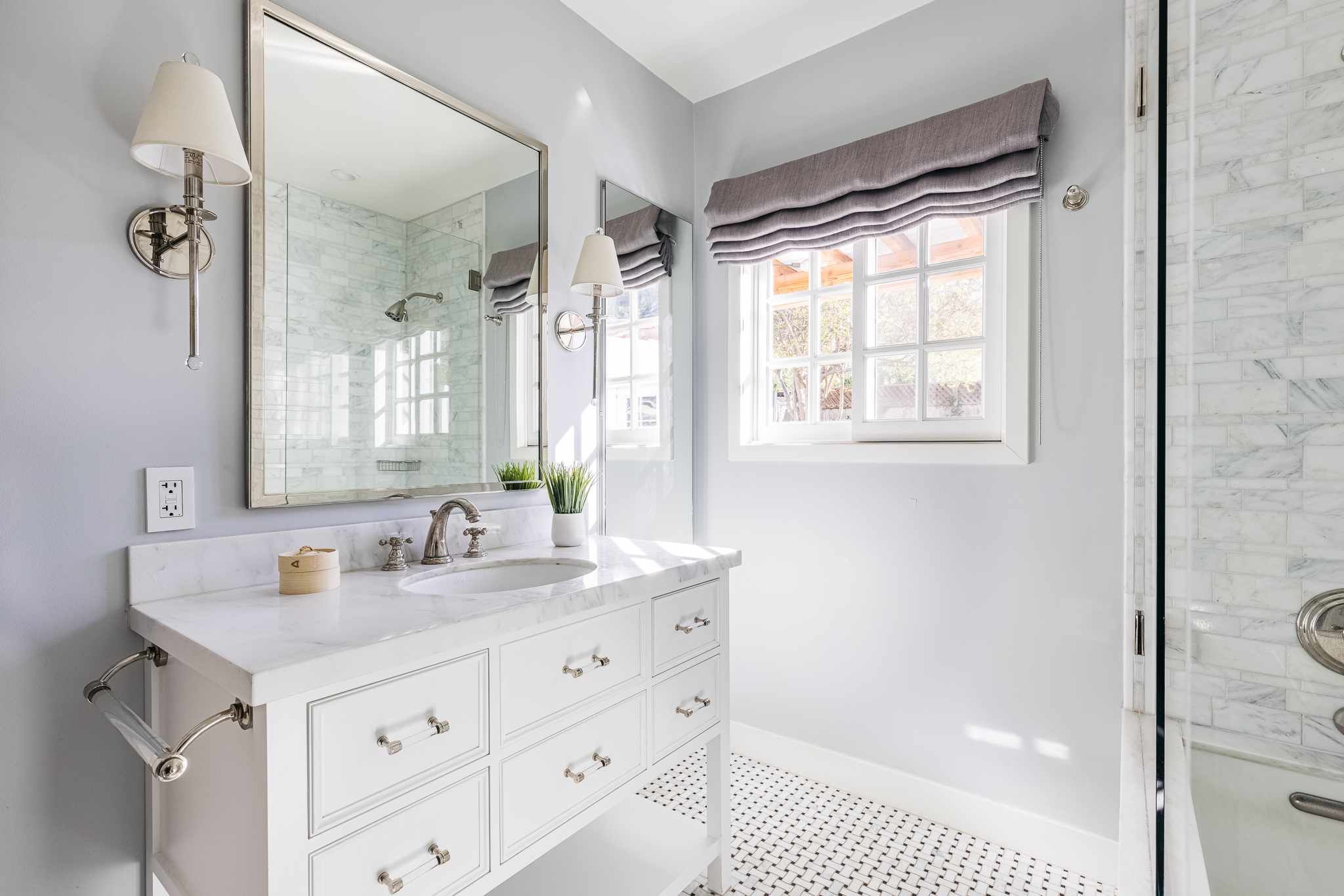


0 thoughts on “How Long Should Curtains Be Above A Radiator”